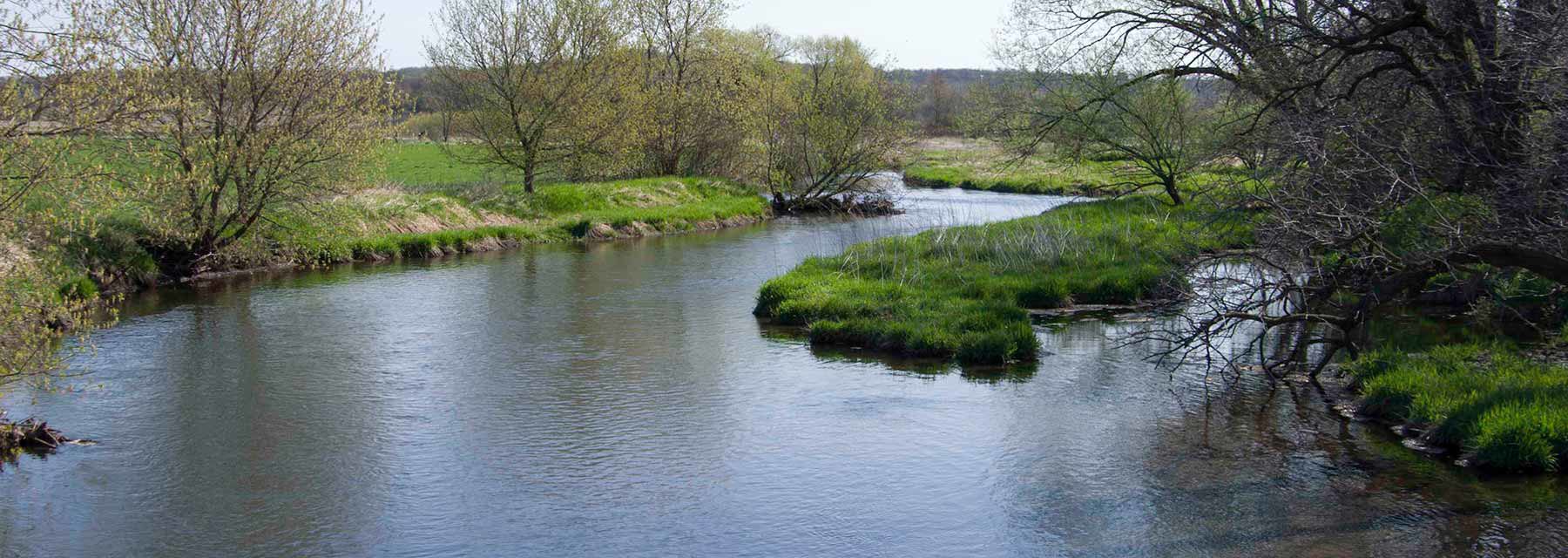SWTU, P.O. Box 45555, Madison, WI 53744-5555
president@swtu.org
Conserving coldwater fisheries


Calendar
March 2025 |
||||||
|---|---|---|---|---|---|---|
| Sun | Mon | Tue | Wed | Thu | Fri | Sat |
|
1
|
||||||
|
2
|
3
|
4
|
5
|
6
|
7
|
8
|
|
9
|
10
|
11
|
12
|
13
|
14
|
15
|
|
16
|
17
|
18
|
19
|
20
|
21
|
22
|
|
23
|
24
|
25
|
26
|
27
|
28
|
29
|
|
30
|
31
|
|||||

Fly Tying Course Registration – 2018
Leave a Comment
Last Updated: January 9, 2018 by Drew Kasel
Learn about these free classes and how to register.
Fly Tying: Peeking Caddis
Leave a Comment
Last Updated: October 5, 2017 by Drew Kasel
Today’s most popular cased caddis pattern is probably that of George Anderson, owner of a well-known fly shop in Livingston, MT. He designed the ‘Peeking Caddis’ in the 1970s to imitate Mother’s Day caddis of the Yellowstone River.
Fly Tying: Iron Blue Nymph
Leave a Comment
Last Updated: September 7, 2017 by Drew Kasel
Tie an Iron Blue Nymph on a #16 hook, and you’ve recreated the most famous fly of perhaps the most famous angler to ever cast a wet fly before trout.
Fly Tying: Wirght’s Fluttering Caddis
Leave a Comment
Last Updated: September 7, 2017 by Drew Kasel
Which is more important when fishing dry flies to rising trout: A good presentation? Or, a fly that imitates prevailing insects? The correct answer is “A”, a good presentation. Quality presentations are more important than everything else combined when it comes to fooling trout. Fly size, pattern, and color are important, but excellent presentations will always bring trout to hand, even with flies that look nothing like the insects du jour. On the other hand, you’ll rarely catch trout when your fly drags or floats unnaturally, no matter how perfect the imitation.
Fly Tying: Prince Nymph / Brown Forked-Tail Nymph
Leave a Comment
Last Updated: June 9, 2017 by Drew Kasel
If someone hands you a Pheasant Tail Nymph and asks what it imitates, you’ll likely say “mayfly nymph”. Receive an Elk Hair Caddis, and you might say “adult caddisfly, probably an egg-laying female”. One of the many hopper patterns? You reply without hesitation, “grasshopper … no doubt about it”. But if you’re handed a Prince Nymph, you might be stumped. “Uhh … umm … I’m not sure … maybe an earring?”
Fly Tying: Quill Gordon
Leave a Comment
Last Updated: May 4, 2017 by Drew Kasel
We are a nation of immigrants … a melting pot, where cultures and traditions imported from abroad adapt, evolve, and meld into a uniquely new society. The history of American fly fishing is much the same. Fly angling as we know it developed in Great Britain, often by a privileged upper class. The methods, however, emigrated to America along with the hard working early settlers. Fly angling then adapted to the new geography, took root in America’s tremendous natural resources, and grew into the magnificent pastime that we honor and protect today.
Fly Tying: American Brown March
Leave a Comment
Last Updated: April 5, 2017 by Drew Kasel
Trout fishing in America used to be dead easy. Find any cold clear river … cast a brightly colored fly … catch a sizeable brook trout … repeat as needed. On February 28, 1883, however, things got much more difficult. The days of effortless trout were over. What happened? Eighty thousand brown trout eggs arrived from Germany at the state fish hatchery in Cold Spring Harbor, NY.
Fly Tying: Brown Owl
Leave a Comment
Last Updated: March 22, 2017 by Drew Kasel
Think about your favorite dry fly. What makes it great? Maybe it’s a quick and easy tie with inexpensive materials? Or, maybe it’s durable and highly visible on the water? Floats like a cork? Imitates insects found everywhere? Indeed, these are traits of great flies. Perhaps the most important feature, how-ever, is a fly having universal appeal to trout. Only the rarest of flies combine all of these traits, and you will be wise to fill your fly box with them. Al Troth’s Elk Hair Caddis is one such fly. Mr. Troth merged key features of two ageless caddis imitations into a truly fine pattern, one that is a blend of simplicity, impressionism, and uncanny effectiveness.
Fly Tying: Elk Hair Caddis
Leave a Comment
Last Updated: February 26, 2017 by kgraeme
Think about your favorite dry fly. What makes it great? Maybe it’s a quick and easy tie with inexpensive materials? Or, maybe it’s durable and highly visible on the water? Floats like a cork? Imitates insects found everywhere? Indeed, these are traits of great flies. Perhaps the most important feature, how-ever, is a fly having universal appeal to trout. Only the rarest of flies combine all of these traits, and you will be wise to fill your fly box with them. Al Troth’s Elk Hair Caddis is one such fly. Mr. Troth merged key features of two ageless caddis imitations into a truly fine pattern, one that is a blend of simplicity, impressionism, and uncanny effectiveness.
Fly Tying: Parachute Dun
Leave a Comment
Last Updated: February 26, 2017 by kgraeme
You probably don’t think of Leonardo da Vinci as a fly angler, but he invented a truly great fly design in 1483. Long before Leonardo painted the Mona Lisa and The Last Supper, he invented the parachute.
Recent Posts
Categories